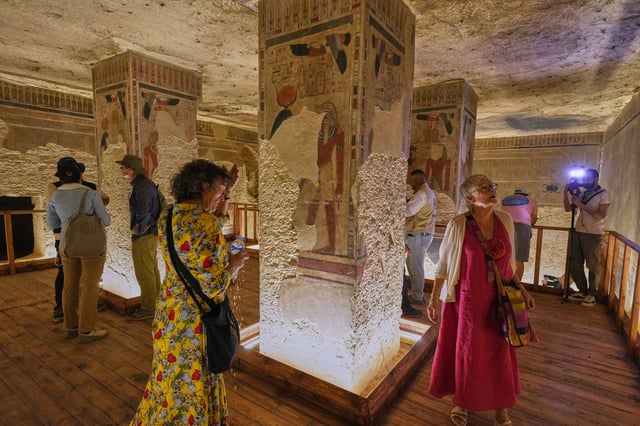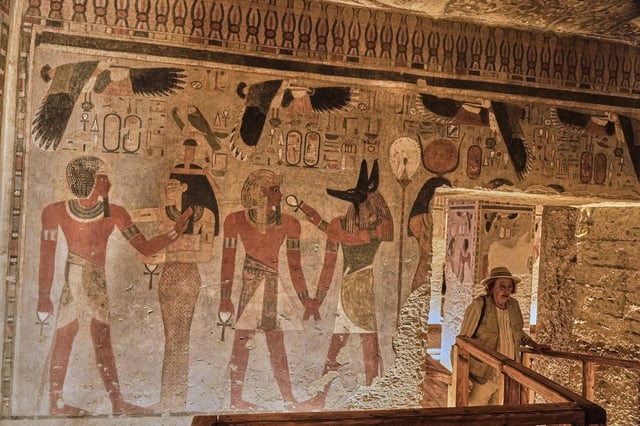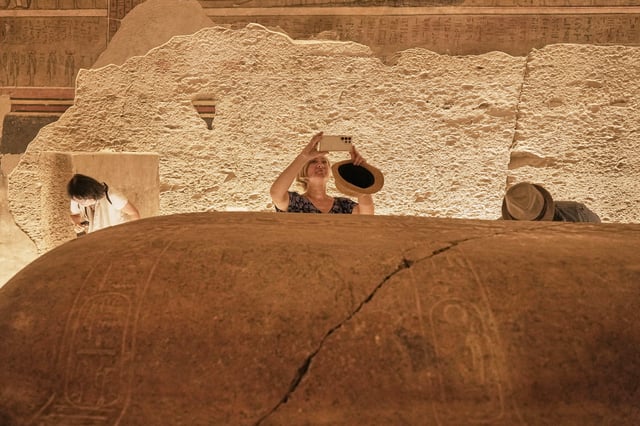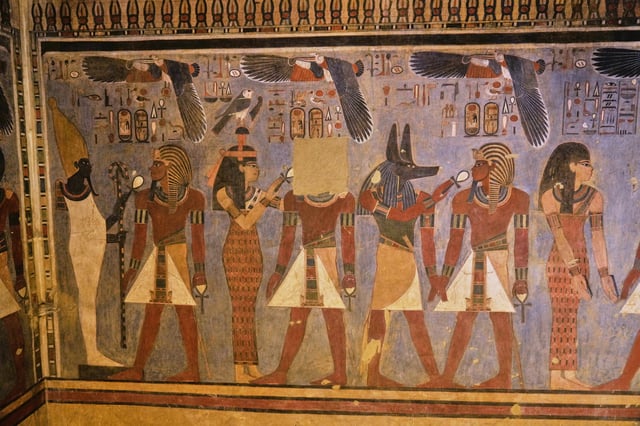Overview
- Authorities opened the Valley of the Kings site to visitors on Oct. 4, with Tourism and Antiquities Minister Sherif Fathy leading the unveiling.
- The Japanese-led, three-phase program stabilized deteriorating walls and revived wall paintings over more than 20 years, according to Egypt’s Supreme Council of Antiquities.
- UNESCO regional director Nuria Sanz said more than 260 specialists worked at the highest level of integrated conservation standards.
- Visitors now traverse a 36-meter downward passage to a main burial chamber and adjoining rooms for Queens Tiye and Sitamun, where the massive granite sarcophagus lid remains in place.
- Officials framed the reopening as part of a push to bolster tourism ahead of the Grand Egyptian Museum’s planned Nov. 1 inauguration, noting many original tomb objects reside in foreign collections.



